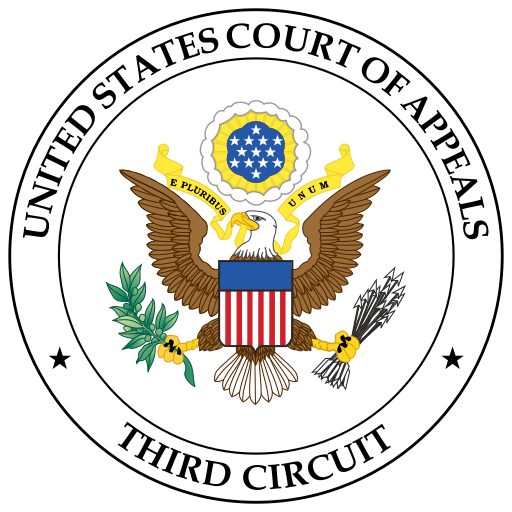Originally published on Forbes.com on September 6th, 2012
When playing Monopoly it was great to land on Boardwalk, as long as somebody else did not already own it. But wasn’t it annoying if you then rolled a five ? You pass Go, get your $200 and bang it is gone to the Income Tax. I’m wondering if they are feeling that way over at Pitney Bowes or maybe it is the New Jersey Sports and Exposition Authority that is taking the hit from the Third Circuit overturning the Tax Court decision that allowed Pitney Bowes the credit for the renovation of Historic Boardwalk Hall. And yes, it is the same Boardwalk in a sense – the one in Atlantic City.
Why is there a credit for renovating historic buildings ? I think it is because generally the most cost effective way to renovate an old building is to start with dynamite and dumpsters to get a nice flat surface on which to commence your renovation – just an unscientific anecdotal observation from 20 plus years of looking at the numbers on affordable housing deals. Maybe there is a better way to compensate people for keeping the beautiful exteriors of classic buildings intact as they are adapted to different uses, but the historic tax credit is one of the ways we do it.
The Third Circuit explains the continuation of historic credits after the Tax Reform Act of 1986 like this:
The Congress concluded that the incentives granted to rehabilitations in 1981 remain justified. Such incentives are needed because the social and aesthetic values of rehabilitating and preserving older structures are not necessarily taken into account in investors‟ profit projections. A tax incentive is needed because market forces might otherwise channel investments away from such projects because of the extra costs of undertaking rehabilitations of older or historic buildings.
Sometimes the entity that is doing the renovation does not have any use for the credit. Some state credits can just be sold, but not so federal credits. You have to be the owner of the building to get a federal historic credit. Not too long ago in light of the Rafalca story, the Romney Olympic dancing horse, I described the hoops that an individual has to jump through in order to post a negative number on a Form 1040. It is pretty much the same for credits. It is actually a little easier for C corporations, which generally do not have to worry about at-risk and the passive activity loss rules, but the Third Circuit is cutting Pitney Bowes off before they even get there. The Third Circuit is saying that Pitney Bowes was not really a partner in the partnership (Historic Boardwalk LLC) that owned the building.
The Internal Revenue Service (“IRS”) determined that HBH was simply a vehicle to impermissibly transfer HRTCs from NJSEA to PB and that all HRTCs taken by PB should be reallocated to NJSEA. The Tax Court disagreed, and sustained the allocation of the HRTCs to PB through its membership interest in HBH. Because we agree with the IRS‟s contention that PB, in substance, was not a bona fide partner in HBH, we will reverse the decision of the Tax Court.
The problem with the deal as far as the Court was concerned is that PB and NJSEA had just done too good a job in eliminating any downside or upside for PB. The guarantee included:
(1) any reduction in projected tax benefits, “as revised by the then applicable Revised Economic Projections,”
as a result of an IRS challenge; (2) any additional tax liability incurred by PB from partnership items allocated to it by HBH as a result of an IRS challenge; (3) interest and penalties imposed by the IRS on PB in connection with any IRS challenge; (4) an amount sufficient to compensate PB for reasonable third-party legal and administrative expenses related to such a challenge, up to $75,000; and (5) an amount sufficient to pay any federal income tax liability owed by PB on receiving any of the payments listed in (1) through (4).
As the Court saw it there was simply not a partnership between NJSEA and PB, merely an attempt to transfer the credit.
“The sine qua non of a partnership is an intent to join together for the purpose of sharing in the profits and losses of a genuine business.”
In short, PB bore no meaningful risk in joining HBH, as it would have had it acquired a bona-fide partnership interest.PB‟s avoidance of all meaningful downside risk in HBH was accompanied by a dearth of any meaningful upside potential. “Whether is free to, and does, enjoy the fruits of the partnership is strongly indicative of the reality of his participation in the enterprise.”
I don’t like this decision. Nobody was really getting away with anything. PB was willing to take a low return in exchange for the credit. Isn’t that the point of the whole thing ? I’ve been blogging long enough now that I wrote a piece on the original Tax Court Decision. I liked where the Tax Court ended up and thought the Service should have been fighting crime elsewhere:
The Service’s position in this case was a little disturbing. It is one thing to squash deals that border on economic fictions, but here we had people reaping tax benefits for doing what Congress wanted them to do. I hope its not that they are picking on New Jersey, because I’m from New Jersey.
You can follow me on twitter @peterreillycpa.































































































